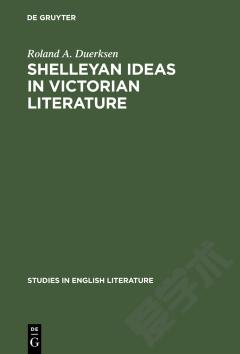Victorian Gender Ideology and Literature
The origins of discrimination against women date back to ancient times. Throughout history, women have been exploited sexually, physically, economically, and socially under the shadow of patriarchal doctrines. Religion, tradition and the codes of morality have been misused to ensure the slavery of women. Although today the social and economic status of women is better than it was in the past, they are still the primary victims of abuse, humiliation, violence, and oppression. The Victorian era is one of the most debated periods in history of womanly struggle against discrimination. While it was considered an age of progress and prosperity, it was a time of misery and poverty as well. Victorian England was one of the hottest spots of the Woman Question. At the time, women were forced to lead a passive existence dictated by the norms of Victorian gender ideology. Transformations in science and technology during this period were contradictory to social beliefs and values. Despite the astonishing progress experienced during this period, the rigidly defined roles of men and women in Victorian society remained almost the same until the beginning of twentieth century. Victorian literature on gender flourished in such a tense atmosphere. Female rebellion against the injustices of this developing world often found its voices among the ones who were able to feel the deep sorrow experienced either by themselves or by the members of their gender. This book explores Victorian gender issues and the role of Victorian literature on the womanly journey towards emancipation through their evolutionary path. The key concepts and movements that shaped the historical, social, and political background of women’s cry for their rights are examined along with the accompanying gender literature mainly through a feminist reading of female writers as regards to the Woman Question.
{{comment.content}}








 京公网安备 11010802027623号
京公网安备 11010802027623号